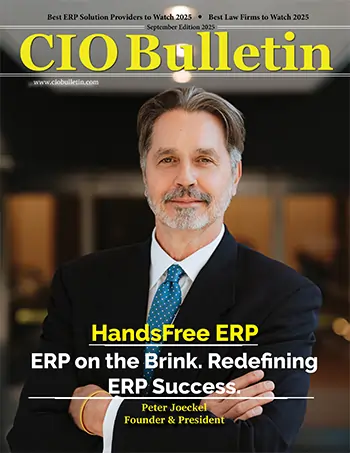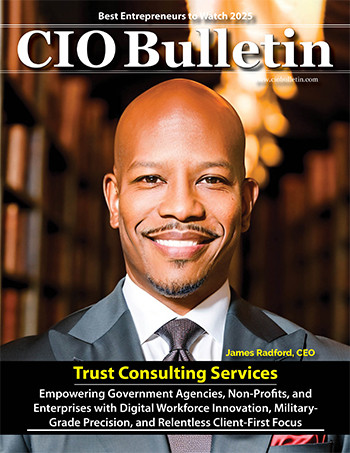Home Platforms Others How Can Facilities Avoid Overs...
Others

CIO Bulletin
15 May, 2025
Facilities often end up overspending on temporary bird control solutions that only provide short-term relief and fail to address the root of the issue. The key to managing costs is to invest in effective and long-lasting strategies instead of cycling through repeated, short-term fixes. Not only does this save money, but it also contributes to healthier conditions for staff and less disruption to operations.
By choosing more sustainable approaches, such as implementing humane tactics of pigeon population control, facilities can deter unwanted birds without causing them harm. These long-term measures help ensure that budgets are spent wisely, preventing the cycle of recurring costs that come with temporary treatments. Sustainable practices also support compliance and foster a responsible reputation within business communities.
Facilities often exceed their budgets on bird control by misunderstanding which costs are unavoidable and which could be trimmed. Careful evaluation of spending habits and market standards can help organizations avoid wasteful expenses and make more informed choices.
Not every bird control product or service is essential for achieving effective results. Facilities sometimes overspend by investing in redundant systems or unnecessary add-ons.
Essential expenses include proven solutions such as netting, spikes, or regular maintenance that directly address bird presence. In contrast, unnecessary expenses might arise from premium products that offer limited extra benefits or services that do not target the specific species causing issues.
Impulse buying usually occurs when facilities react to sudden bird problems without researching or comparing options. This can lead to the purchase of temporary solutions that are either overpriced or ineffective.
Some facilities respond immediately to staff complaints or pressure from vendors, leading to the selection of solutions without budget review. Such decisions can add unnecessary and recurring costs, undermining long-term strategies.
To reduce overspending from impulse buys, it is important to adopt clear protocols for purchasing, such as requiring multiple quotes or prior approval for non-emergency spending.
Initial costs for bird control products and services can vary significantly, with some facilities paying more than the market rate for similar solutions. Comparing quotes from multiple providers is essential to avoid paying a premium for basic services or materials.
Reviewing typical prices for items like bird spikes, deterrent gels, or exclusion netting ensures that budgets are not strained by inflated prices. In industrial and healthcare settings, market rate discrepancies are common where urgency drives demand.
Tracking average and actual spend can help identify patterns of overspending and lead to better negotiation with suppliers.
Avoiding overspending on temporary bird control means planning ahead, setting precise budgets, and actively overseeing financial commitments. The right strategies help maintain cash flow, reduce unnecessary costs, and build resilience against unexpected expenses.
Facilities benefit from setting specific financial goals for pest management rather than using vague targets. For example, they should define an annual spending limit for bird control and regularly compare their actual spend against this figure.
A detailed budget must account for routine maintenance, emergency costs, and recurring services. Including a contingency fund or emergency fund within the budget covers unforeseen expenses, like equipment repairs or sudden infestations.
Regular budget reviews are essential. Facilities should reassess allocations quarterly, ensuring the budget remains realistic if needs or market prices change. Budgeting tools and spreadsheets can highlight spending trends and support targeted savings.
Comprehensive financial planning minimizes the risk of overspending by promoting long-term solutions over quick fixes. Facilities should compare the cost-effectiveness of temporary measures with permanent options, such as bird spikes, netting, or laser deterrents that have proven high effectiveness.
Decision-makers are encouraged to evaluate multiple bids for bird control services and avoid unnecessary add-ons or upgrades that do not directly contribute to desired outcomes. Access to prior financial records helps guide purchasing decisions and assess previous vendors' performance.
Facilities should ensure that all contracts outline clear service deliverables and costs. This transparency prevents surprise expenses and helps them stay within their financial plans.
Conclusion
Facilities can limit overspending by evaluating long-term bird control methods rather than relying on frequent short-term fixes. Choosing effective solutions, such as bird netting or spikes, helps minimize both maintenance and labour costs.
Careful upfront planning allows facilities to avoid common pitfalls and make informed decisions about their bird control needs.







